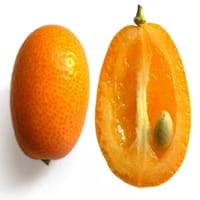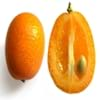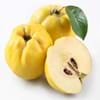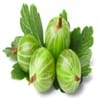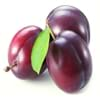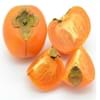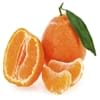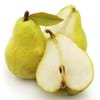Health Benefits
Cancer prevention, Cures gastro-intestinal troubles, Heart care, Increase in haemoglobin, Increases metabolic rate
Anti-oxidant properties, Anti-inflammatory properties, Cancer prevention, Maintains healthy cholesterol level, Reduces blood circulation problems, Treatment of cough, fever & sore throat, Treatment of Hypertension
General Benefits
Anti oxidant properties, Anti-inflammatory properties, Healing of wounds, Helps in weight loss, Strengthens bones
Treatment of asthma, Treatment of cataract, Treatment of hepatitis, Treatment of macular degeneration, Treatment of neurodegenerative diseases
Skin Benefits
Anti-aging benefits, Reduces wrinkles, Treatment of dark spots
Treatment of Rheumatism & Dermatitis, Treatment of Skin Inflammation
Hair Benefits
Promotes longer and healthier hair, Protects hair, Shiny hair
Unknown
Allergy Symptoms
Abdominal pains, Coughing, Diarrhea, Digestive Problems, Drop in blood pressure, Hives, Itching, Nausea, Tingling sensation in wrist and face, Vomiting, Wheezing
NA
Side Effects
Allergic reaction
Hypertension, Ventricular Tachycardia
Best Time to Eat
As a snack in the late afternoon, Don't consume at night and before bed, Eat the fresh ones, avoid mixing with any other foods, don't eat after meal., Morning time (before lunch), Strictly avoid empty stomach
As a snack in the late afternoon, Eat the fresh ones, avoid mixing with any other foods, don't eat after meal., Morning time (before lunch), Strictly avoid empty stomach
Vitamin B5 (Pantothenic Acid)
Not Available
Vitamin B6 (Pyridoxin)
Not Available
Vitamin B9 (Folic acid)
Not Available
Vitamin C (Ascorbic Acid)
Vitamin K (Phyllochinone)
Not Available
Lutein+Zeaxanthin
Not Available
Water Content
Not Available
Calories in Fresh Fruit with Peel
Calories in Fresh Fruit without Peel
Not Available
Not Available
Calories in Frozen Form
Not Available
Not Available
Calories in Dried Form
Not Available
Not Available
Calories in Canned Form
Not Available
Not Available
Type
Citrus
Fruit vegetable
Season
Autumn, Winter
Spring, Summer
Varieties
Hong Kong, Marumi, Meiwa, Centenniel and Nagami
Physalis franchetii, Physalis pruinosa, Physalis peruviana, Physalis heterophylla and Physalis philadelphica
Color
Orange, Red, Yellow
Bright Yellow, Orange
Inside Color
Orange
Orange
Soil Type
Clay, Sandy loam, Well-drained
NA
Climatic Conditions
Cold, Warm
NA
Facts about
- The entire kumquat fruit is edible, except few seeds.
- The taste of kumquat skin is sweet while inner flesh is tart.
- There are some hybrid varieties of kumquats such as mandarinquats, orangequats and limequats.
NA
Other Countries
Brazil, Mexico, Spain, United States of America
NA
Top Importer
United Kingdom
Netherlands
Top Exporter
China
Colombia
Botanical Name
Citrus japonica
Physalis Peruviana
Synonym
Fortunella margarita
Alkekengi, Herschellia & Pentaphitrum
Subkingdom
Tracheobionta
Tracheobionta
Division
Magnoliophyta
Magnoliophyta
Class
Magnoliopsida
Magnoliopsida
Subclass
Rosidae
Asteridae
Order
Sapindales
Solanales
Family
Rutaceae
Solanaceae
Species
C. japonica
Physalis
Generic Group
Citrus fruit
Not Available
Difference Between Kumquat and Physalis
We might think that Kumquat and Physalis are similar with respect to nutritional value and health benefits. But the nutrient content of both fruits is different. Kumquat and Physalis Facts such as their taste, shape, color, and size are also distinct. The difference between Kumquat and Physalis is explained here.
The amount of calories in 100 gm of fresh Kumquat and Physalis with peel is 71.00 kcal and 77.00 kcal and the amount of calories without peel is Not Available and Not Available respectively. Thus, Kumquat and Physalis belong to Low Calorie Fruits and High Calorie Fruits category.These fruits might or might not differ with respect to their scientific classification. The order of Kumquat and Physalis is Sapindales and Solanales respectively. Kumquat belongs to Rutaceae family and Physalis belongs to Solanaceae family. Kumquat belongs to Citrus genus of C. japonica species and Physalis belongs to Physalis genus of Physalis species. Beings plants, both fruits belong to Plantae Kingdom.
